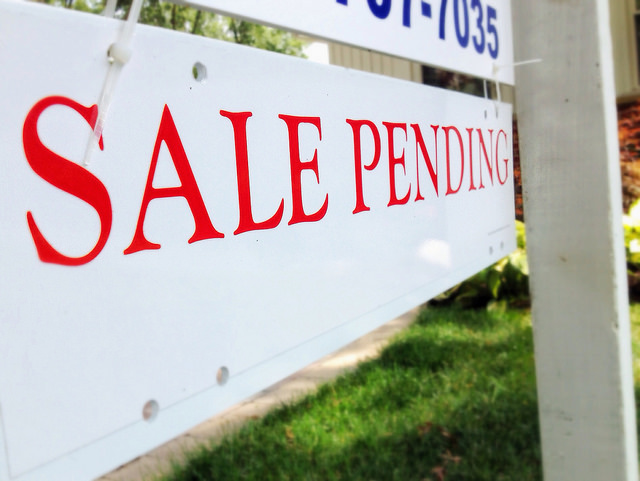According to the Mortgage Bankers Association’s Weekly Applications Survey, average mortgage rates increased again last week. Rates were up from the week before for 30-year fixed-rate loans with both conforming and jumbo balances, as well as 5/1 ARMs. The average rate for 15-year fixed-rate loans was unchanged from the previous week and rates for loans backed by the Federal Housing Administration saw a slight decline. Joel Kan, MBA’s vice president and deputy chief economist, says higher rates didn’t slow buyers. “The 30-year fixed rate was at … its highest since July 2024,†Kan said. “However, despite the increase in rates, applications increased for the first time in seven weeks. Purchase applications picked up and remained close to levels from a year ago.†Week over week, demand for loans to buy homes rose 2 percent and was 1 percent higher than last year at the same time. The MBA’s weekly survey has been conducted since 1990 and covers 75 percent of all retail residential mortgage applications. (source)













